Subtle vertical grooves may seem humble, yet beadboard walls carry the power to stretch sight-lines, warm sterile corners and add charming texture wherever they land. From moisture-proof porch ceilings to renter-friendly peel-and-stick panels, today’s beadboard spans every style—farmhouse to sleek modern—thanks to flexible materials, bold colors and smart hybrid millwork. Designers praise it for drawing the eye upward in low-ceiling baths, delivering waterfall continuity when it climbs onto ceilings, and providing budget-savvy character wherever a plain sheet of drywall once lived. Explore twenty fresh beadboard wall ideas that prove this century-old profile still wears endless new looks.
1. Vertical Floor-to-Ceiling Beadboard Statement Wall

Take the classic groove all the way from baseboard to cornice and you instantly trick the eye into reading extra height. Vertical beadboard lines act like a pinstripe suit—elongating walls and making even squat rooms feel airy. One renovation case study notes that full-height boards in a tiny powder room pull attention toward the ceiling beams, visually expanding the footprint without altering structure. Paint boards in the same shade as trim for a seamless column effect, or pick a soft contrast hue to emphasize texture. Nail panels securely into studs, caulk seams, then roll on a satin finish to bounce light along every groove.
2. Half-Height Beadboard With Built-In Shelf Rail

Despite the modest height, a shoulder-level beadboard cap can multitask when topped with a narrow ledge. Popular farmhouse bathrooms shown in online inspiration galleries regularly pair three-foot-high panels with a slim wood shelf that catches artwork, toiletries or potted herbs without cluttering countertops. Because the chair-rail-shelf sits proud of the wall, it naturally protects plaster from bumps while adding sculptural depth. Prime raw pine before installation, paint shelf and panels the same color for cohesion, then mount the rail with pocket screws from behind to keep hardware invisible. It’s an easy Saturday upgrade that yields both storage and style.
3. Dark-Painted Beadboard for Moody Modern Drama
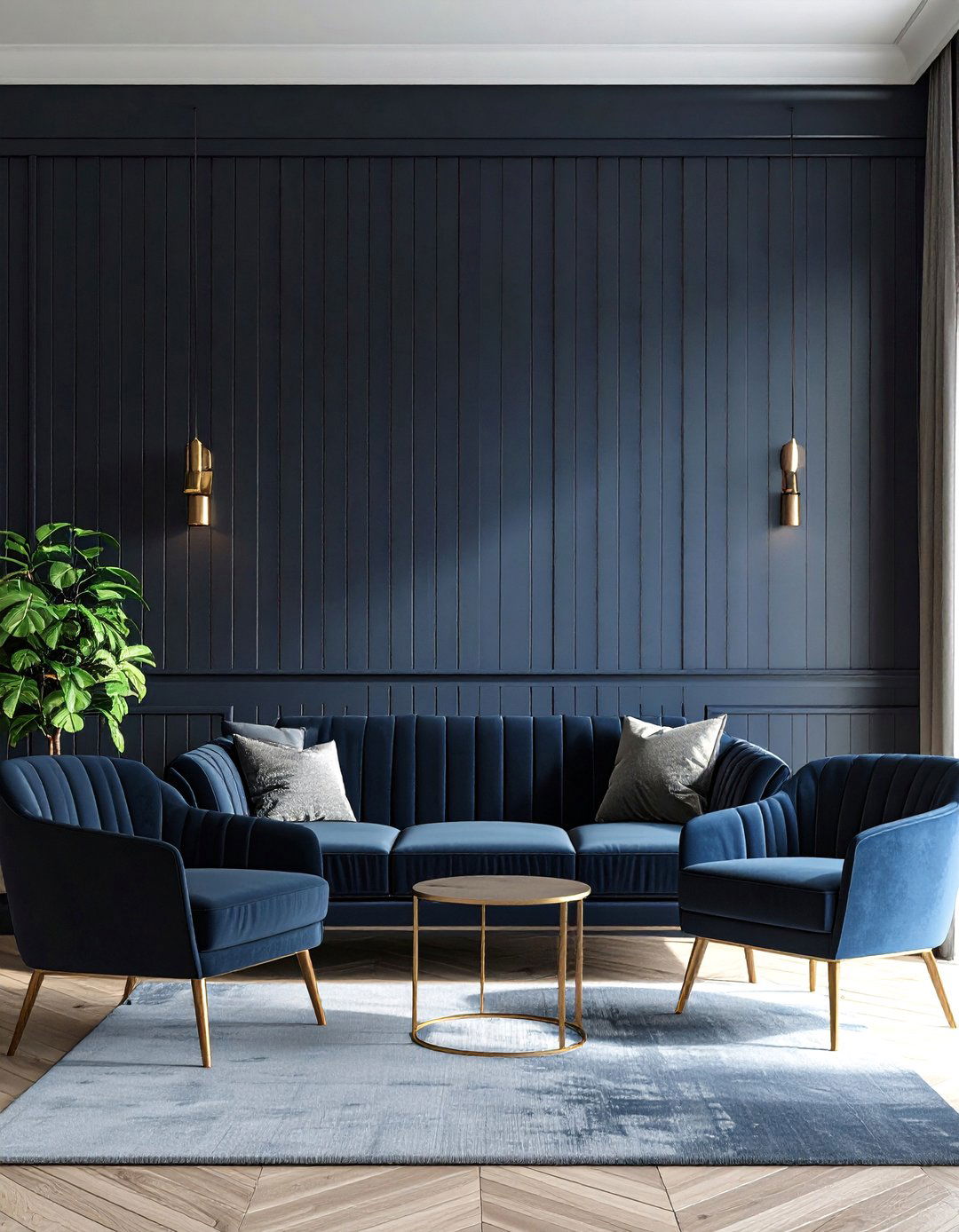
Unlike the cottage-white stereotype, beadboard morphs into sophisticated backdrop when brushed in charcoal, forest, or oxblood. A 2025 wainscoting trend report highlights richer, warmer palettes replacing sterile neutrals, giving classic paneling a cocoon-like vibe that designers describe as “a visual hug.” Dark pigment hides seams, magnifies the linear shadow play, and lets metallic accents gleam. Use high-adhesion primer, spray two thin coats of matte enamel, then finish trim in the same tone for a monolithic envelope. Layer with leather seating or velvety textiles to balance the boldness and discover beadboard can read loft-worthy, not just country.
4. Beadboard Wrapped Kitchen Island Accent
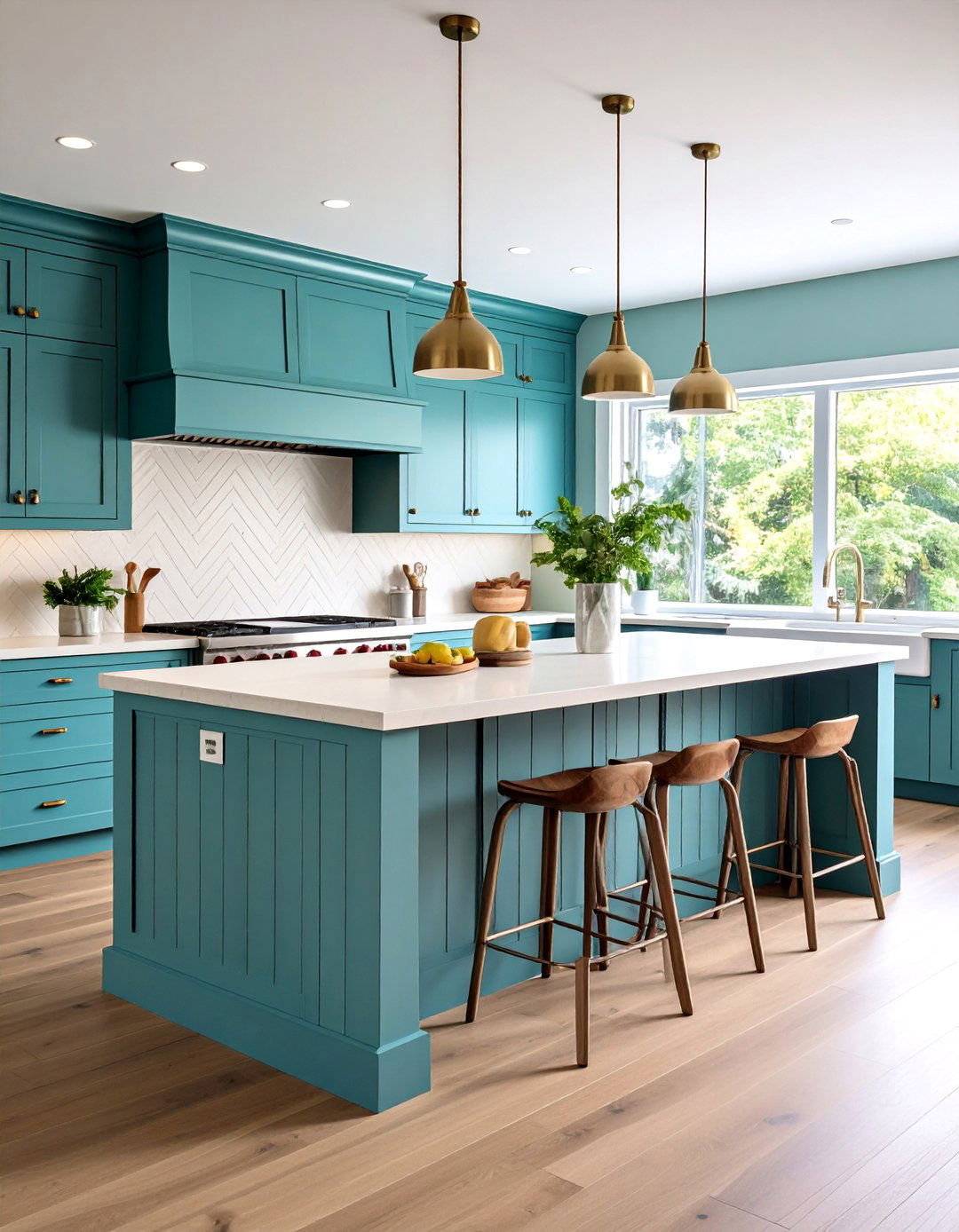
For a subtle texture change at the heart of the kitchen, wrap the island base in horizontal beadboard. A widely shared makeover shows how even an older oak cabinet tower feels fresher once grooves replace flat panels. Horizontal orientation resists scuff marks from stools, and the slim ribs disguise inevitable shoe dings better than smooth paint. Because islands rarely meet exterior walls, nail lightweight MDF boards directly over existing surfaces, add corner trim, then caulk for a built-in look. Finish in wipeable satin enamel that coordinates with cabinet uppers, or contrast entirely to turn the island into an anchored focal point.
5. Ceiling-Climbing Beadboard to Fake Height
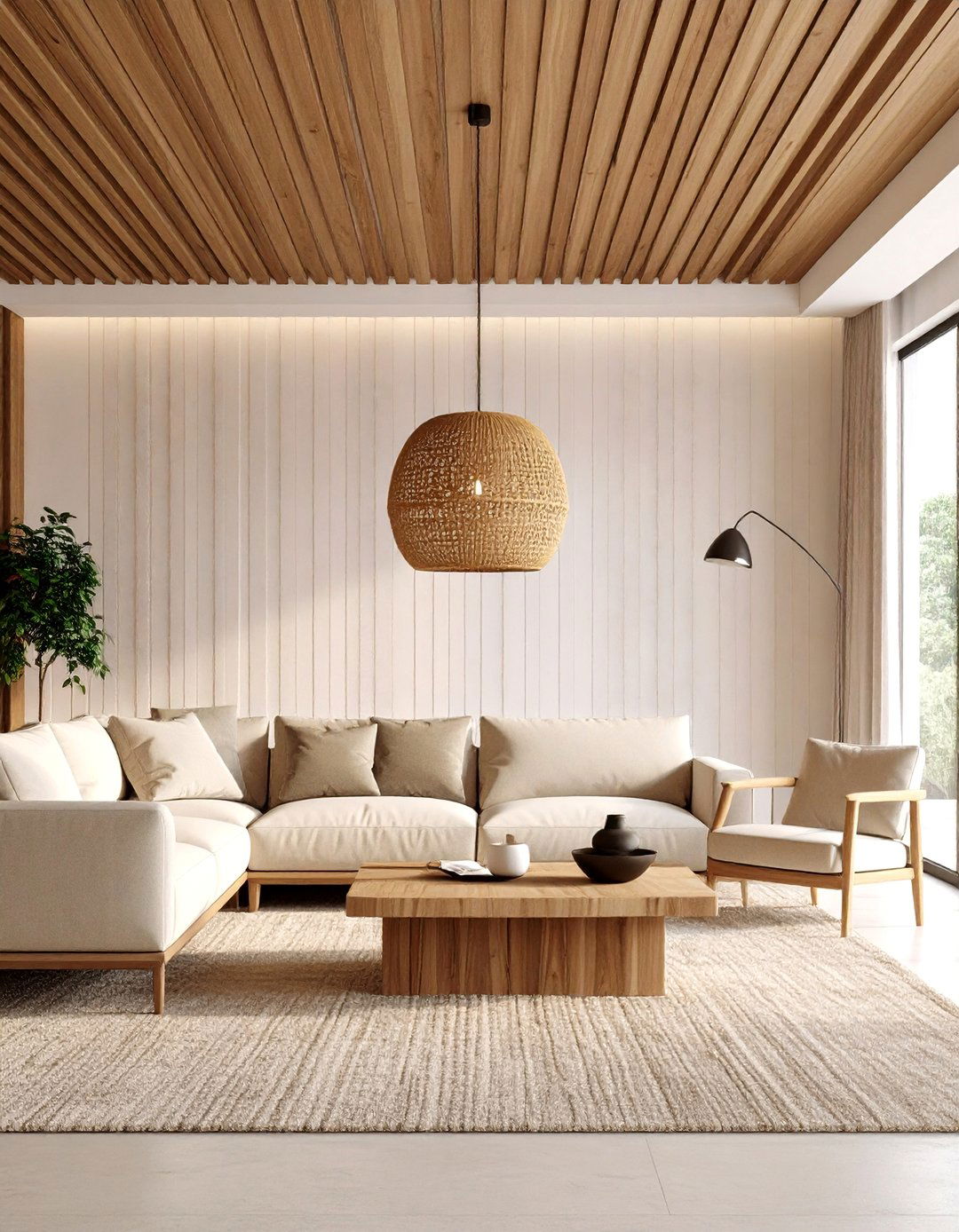
As research on period renovations shows, allowing beadboard to continue uninterrupted across the ceiling creates a waterfall effect that fuses walls and lid into one continuous shell. The unbroken lines remove the usual visual stop at crown molding, so even compact cottages gain loftiness. Install wall boards first, then run matching grooves across ceiling joists, staggering seams like flooring. Use construction adhesive plus brad nails to prevent sagging. A single warm white unites both planes; add a statement pendant to punctuate the rhythm. The result feels artisan yet deceptively simple.
6. Two-Tone Beadboard Chair-Rail Contrast
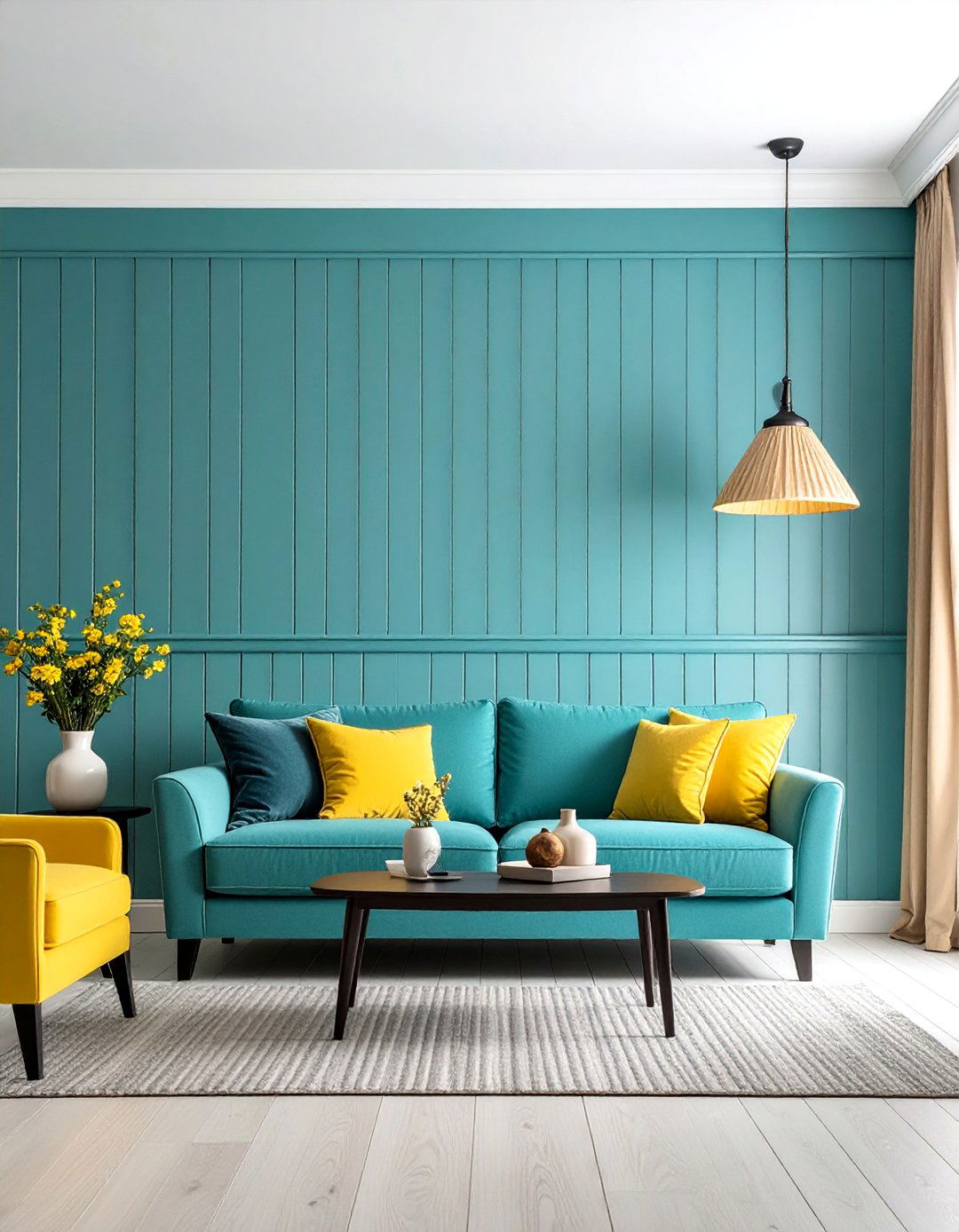
Consider dividing wall height with beadboard below and a contrasting paint or wallpaper above for instant architectural polish. Color specialists’ guides suggest pairing rich lower panels with lighter uppers to anchor a space while letting artwork breathe. Maintaining the chair-rail break also simplifies future color swaps—you can refresh the mood by repainting only the upper section. Install the rail slightly above traditional thirty-two inches if ceilings are tall, ensuring pleasing proportions. Caulk, sand, then paint beadboard in scrubbable semi-gloss for durability against foot traffic and pet paws, while choosing a flat finish above to keep glare in check.
7. Beadboard Backsplash Behind the Range

With its shallow profile and budget-friendly price, beadboard can replace pricey tile behind a stove when sealed correctly. A kitchen design profile highlights rooms where a tall beadboard backsplash painted to match walls delivers airy charm without overpowering marble counters. Prime panels, install horizontally to minimize moisture-wicking seams, then top-coat with high-heat enamel or clear polyurethane. Finish edges with a slim metal channel for easy wipe-down. Because cuts are straight, most DIYers can complete this swap in an afternoon, freeing funds for upgraded hardware or appliances.
8. Rustic Farmhouse Bathroom Beadboard Wrap
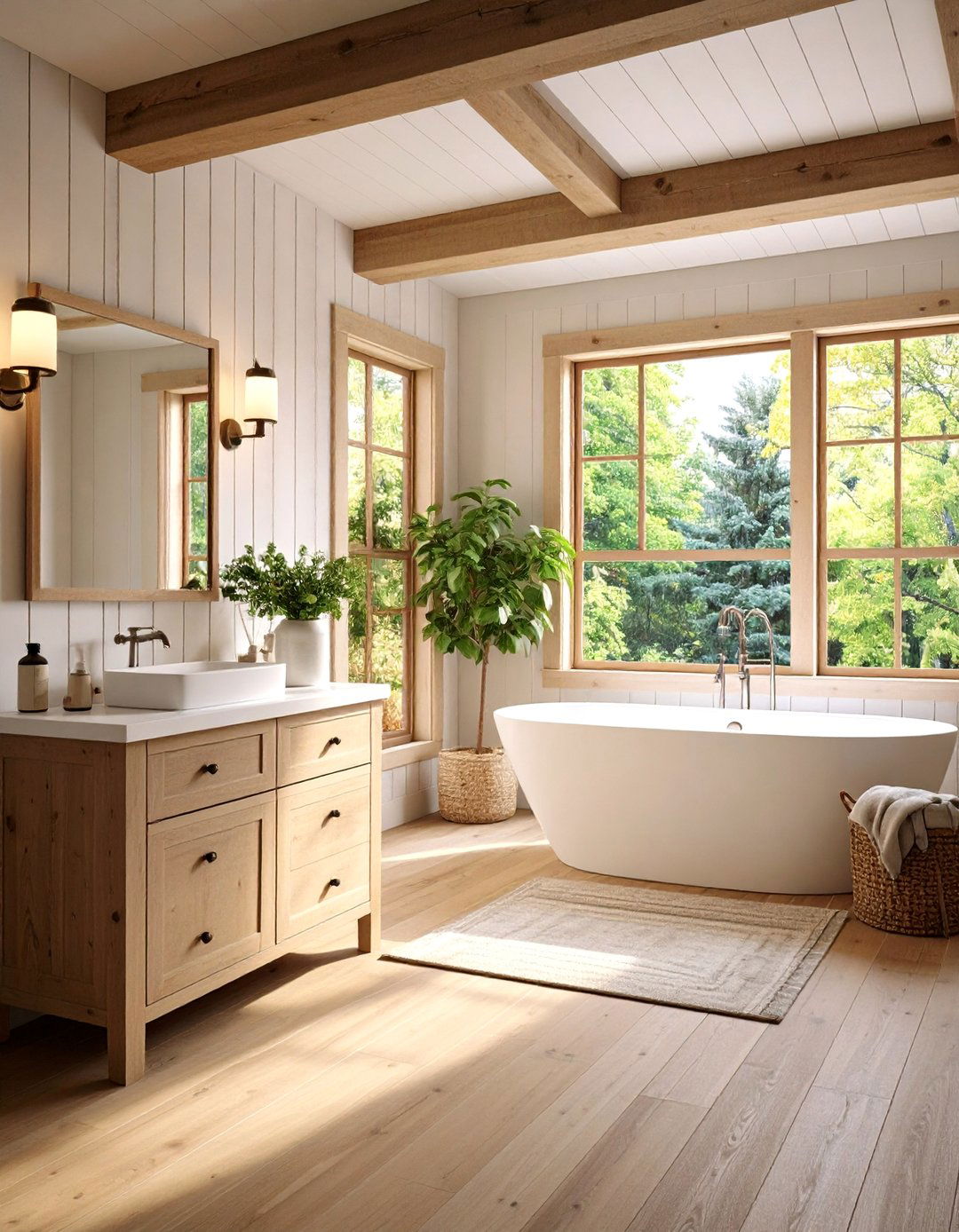
A small bath instantly gains storybook texture when beadboard climbs past the mirror and meets exposed beams. The same renovation case study notes grooves that echo timber ceilings and bounce light, all while protecting drywall from steam. Use moisture-resistant MDF or PVC panels, leave tiny gaps for expansion, then finish with mildew-blocking primer and mold-resistant paint. Cap with a simple pine ledge for soap dishes or vintage bottles. Even dated tile floors feel intentional against the crisp vertical lines, proving you can achieve cottage ambience without expensive stone.
9. Color-Drenched Monochrome Beadboard Room
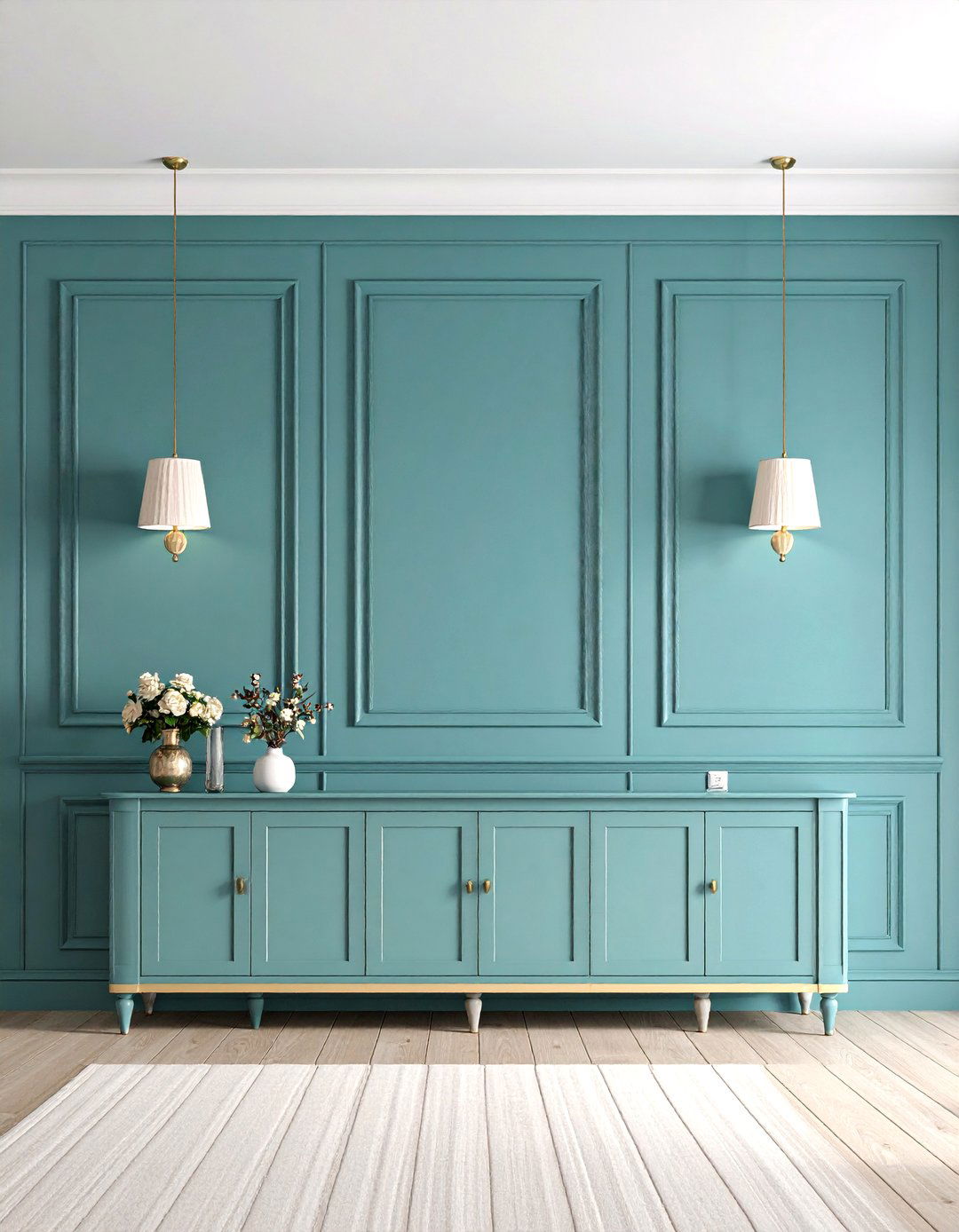
Certainly, drowning both beadboard and walls in the same saturated hue creates an enveloping jewel-box effect that feels current yet timeless. A design trend report notes designers leaning into bold statements—from sage cabinets to aubergine dining walls—by keeping grooves and flat planes tonal. The single-color approach emphasizes texture over contrast, letting furnishings pop. Pick a durable eggshell finish; spray application settles into beads without drips. Before painting, sand factory primer lightly and wipe with tack cloth to avoid fuzz catching in valleys. Swap standard outlet covers for color-matched versions so nothing interrupts the immersive wash of pigment.
10. Beadboard Mudroom Locker Wall
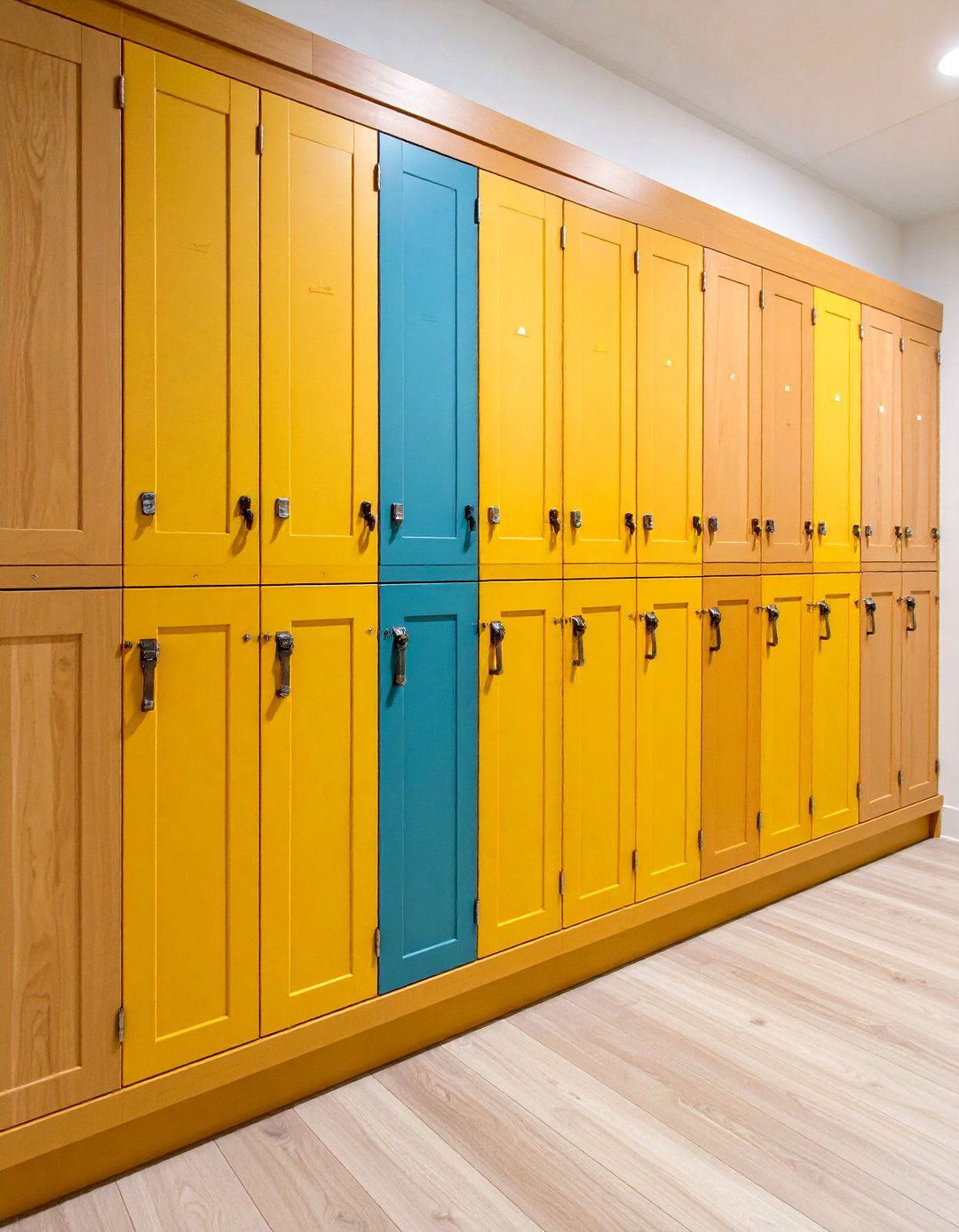
Looking for durability where bags thump and shoes fling? Beadboard lining the back of cubbies or open lockers protects drywall while adding welcoming cottage spirit. Restoration architects modernizing an 1850s farmhouse extended narrow consistent-width boards from floor to ceiling in the mudroom, proving utility zones can still showcase craftsmanship. Use PVC panels to shrug off wet coats, and screw boards into plywood before installing hooks. Paint in a forgiving mid-tone that masks scuffs, then label each locker with metal nameplates. Linear texture hides fingerprints better than flat paint, keeping drop zones tidy between wipe-downs.
11. Diagonal Beadboard Accent Nook
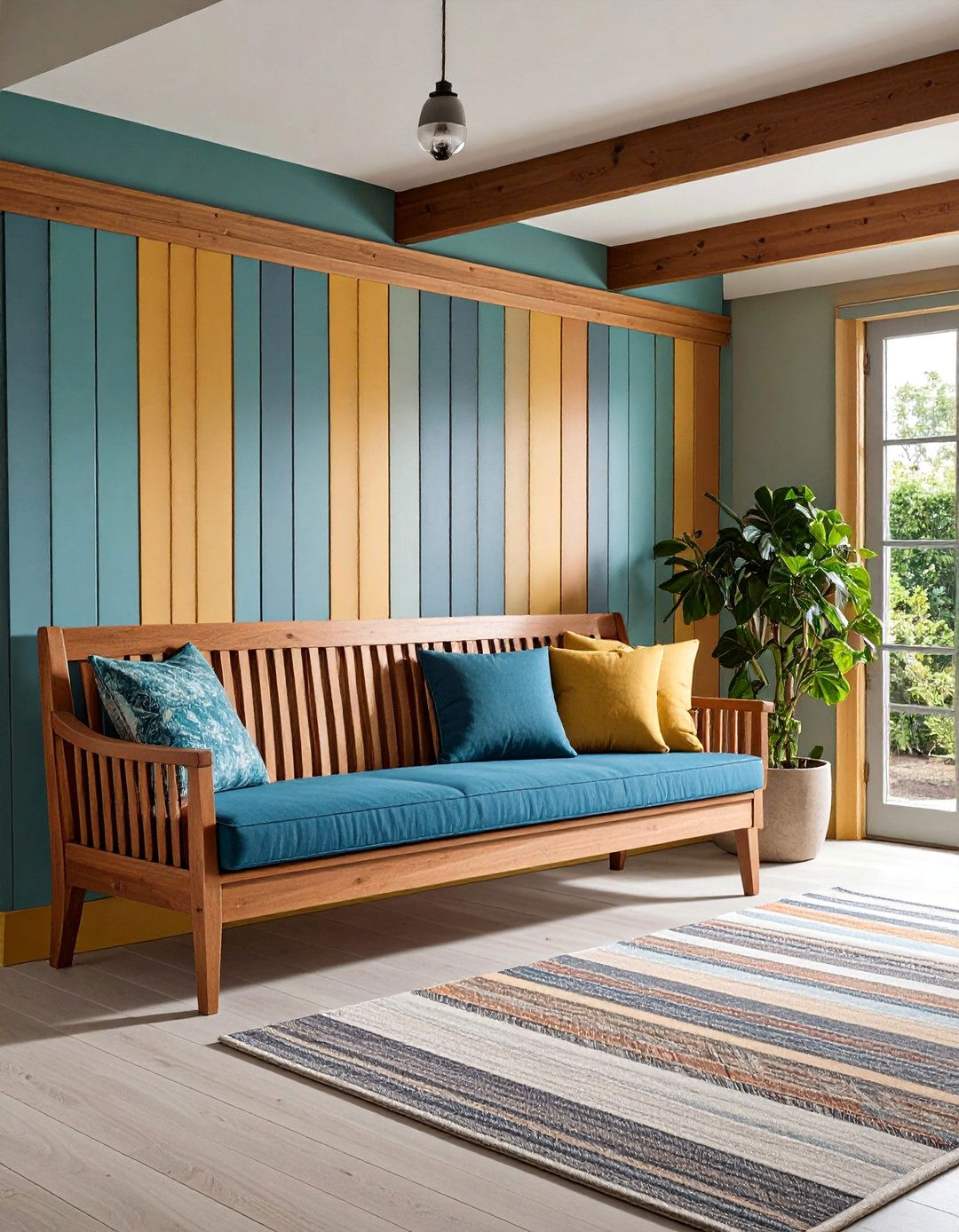
Surprisingly, simply rotating beadboard forty-five degrees turns a small reading nook into geometric art. Online project galleries that tackle stair landings or alcove benches demonstrate how diagonal installation catches light differently and draws focus to otherwise ignored cavities. Cut panels oversized, mark stud locations, and use a sliding square to keep grooves true as you nail upward. Finish edges with mitered lattice trim for a picture-frame effect, then stain rather than paint if you crave Scandinavian warmth. Toss in a cushion, sconce and stack of books, and your once-blank corner suddenly screams bespoke built-in.
12. Board-and-Beadboard Hybrid Geometry

By spacing wider battens over beadboard, you merge two classic millwork patterns into one textured tapestry. DIY tutorials show furring strips costing under two dollars creating board-and-batten rhythm atop inexpensive ribbed panels, slashing material costs versus solid MDF. Plan batten spacing first on paper; aim for panels roughly door-width for pleasing cadence. Adhere battens with construction adhesive and nails, caulk every inside edge, then prime and roll two coats of durable latex. The mix adds depth, masks any beadboard seam and feels contemporary yet rooted—perfect for dining rooms craving subtle drama.
13. Beadboard Headboard Wall in the Bedroom

Restful bedrooms benefit from gentle vertical grooves framing the bed, acting like an oversized headboard and softening echo. A home-improvement authority explains beadboard’s ability to turn a blank wall into a focal point that blends with many styles while remaining easy to repaint as tastes shift. Mount panels only as wide as the mattress plus nightstands, then finish edges with half-round molding for a built-in look. Paint in a matte pastel for serenity or a deep teal for boutique-hotel flair. Add sconce wiring before paneling, hiding cables behind grooves for a seamless glow.
14. Slimline Beadboard on Modern Cabinets
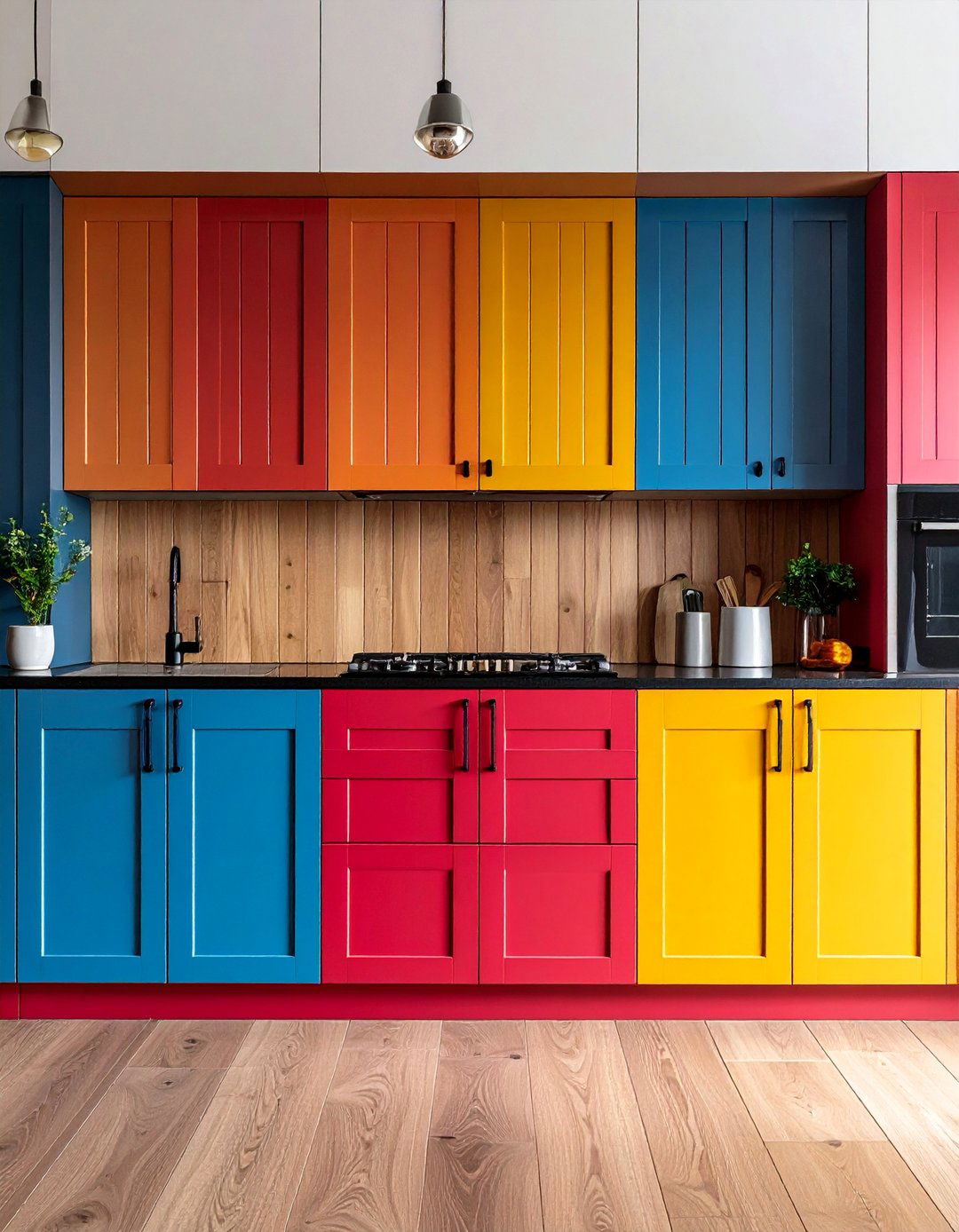
The revival of skinny-rib profiles on contemporary flat-panel doors proves beadboard can live far beyond nostalgia. A recent trend round-up showcases kitchens where fine grooves create subtle shadow play that pairs beautifully with slab quartz and integrated pulls. Use pre-grooved MDF door fronts or apply reeded strips to existing doors, sand, then spray in a durable lacquer. Because grooves hide micro-scratches, the finish stays crisp longer. Match wall beadboard in a perpendicular direction to highlight the joinery, and limit upper cabinets to keep the linear field from feeling busy.
15. Coastal Aqua Beadboard Sunroom
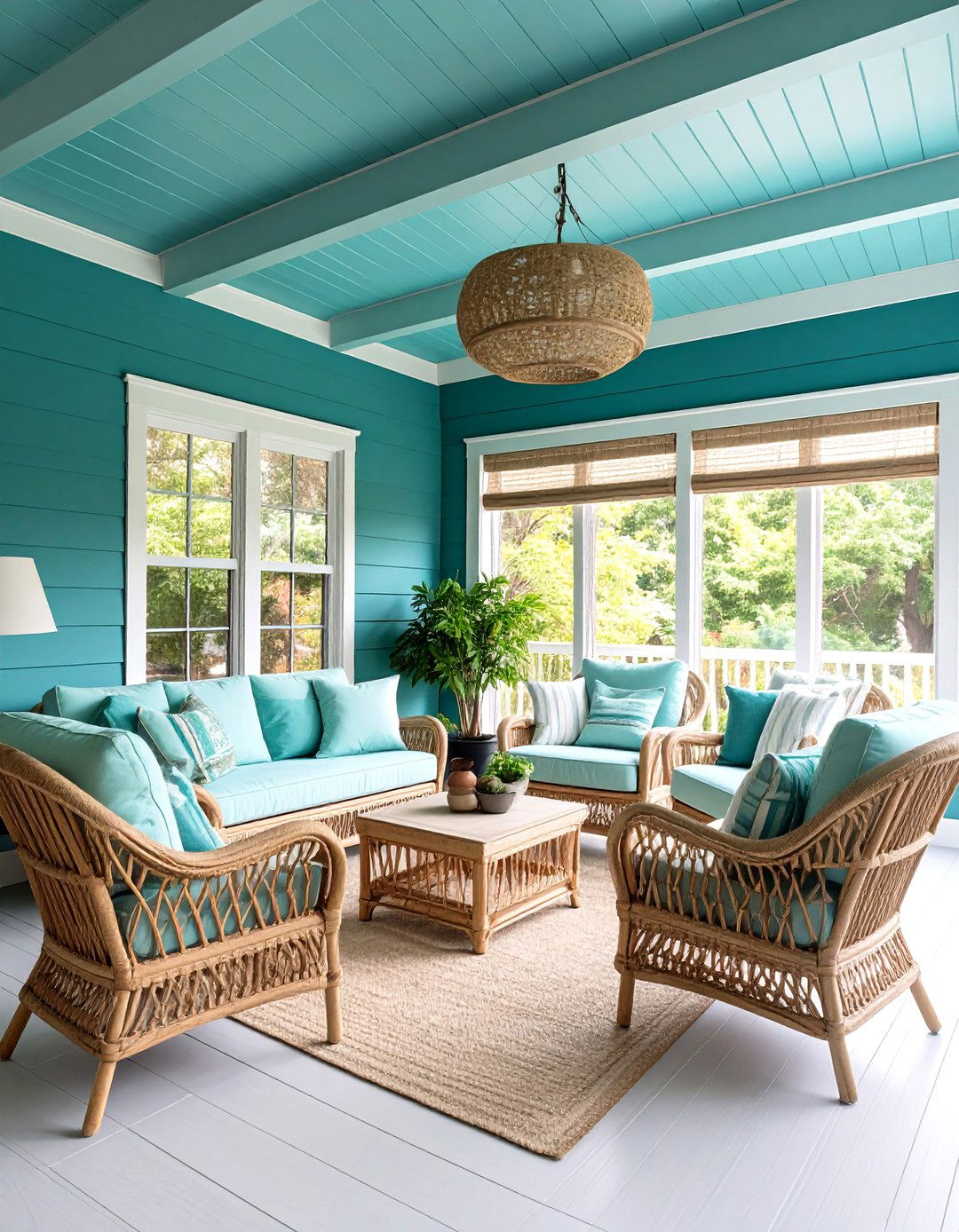
Looking for breezy resort mood? Painting beadboard walls and ceilings in sea-glass aqua instantly conjures palm-fanned verandas. Color inspiration guides recommend pairing beachy tones with plenty of white trim to keep the palette light. Opt for mildew-resistant paint if your sunroom traps humidity, and choose PVC boards that shrug off condensation. Accent the grooves with rope-hung blinds and rattan seating, letting streams of sunlight dance across textured shadows. By night, install uplights at floor level so the ribs cast gentle stripes reminiscent of moonlit waves—a simple paint choice transforming staycations.
16. Beadboard Gallery Wall Frame
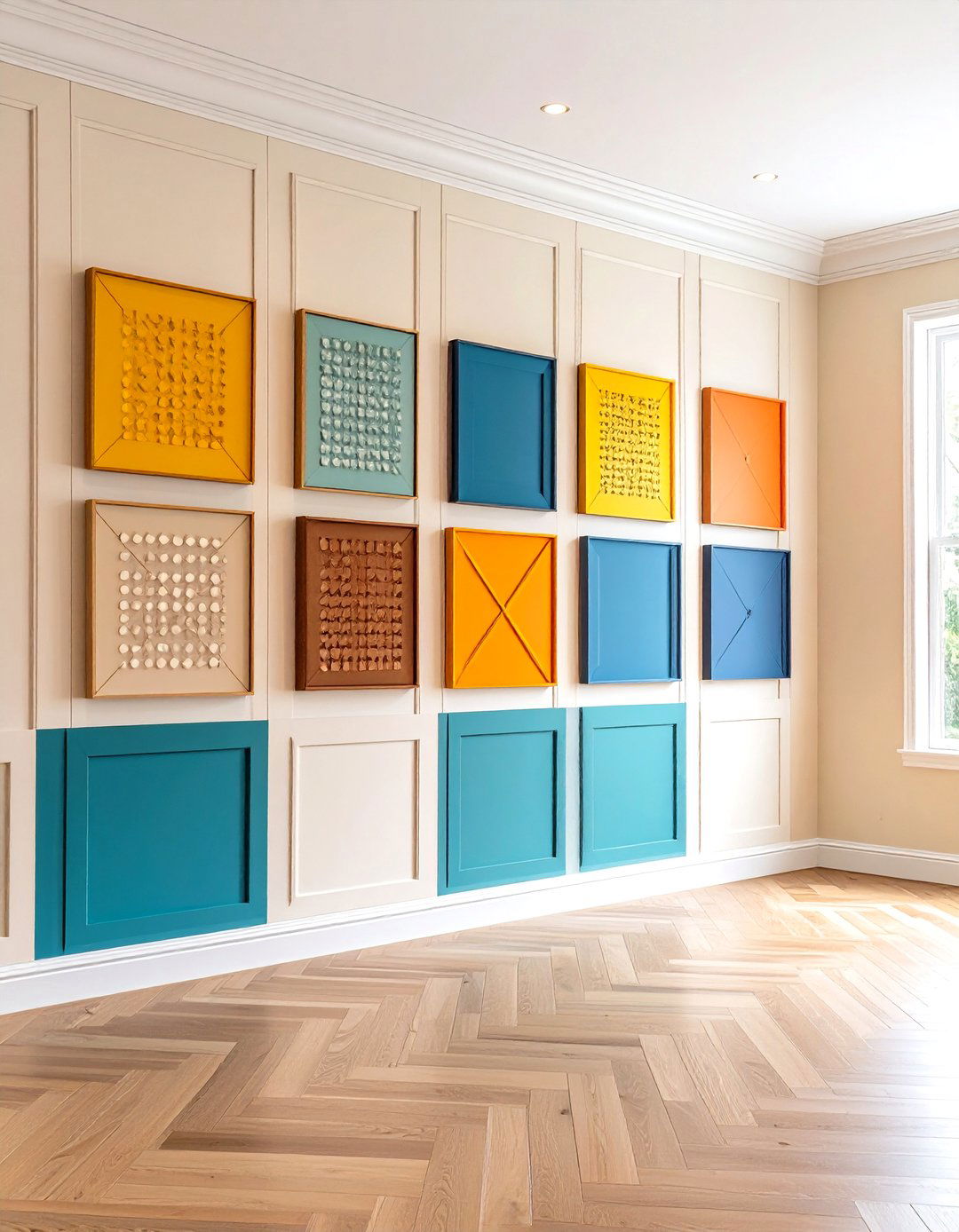
Those longing for art flexibility can mount beadboard across a feature wall, then use its built-in rhythm as a disguised hanging grid. An interiors magazine notes that molding styles like beadboard provide dimension while letting bold colors or accessories shine. Screw invisible French cleats through panel seams so hardware disappears, making it simple to reposition frames without fresh holes. Paint boards in a neutral that complements varied art, or go tone-on-tone to keep the spotlight on canvases. When tastes evolve, fill old cleat holes with wood filler hidden among grooves, roll on new paint, and start curating again.
17. Curved Archway Lined in Beadboard
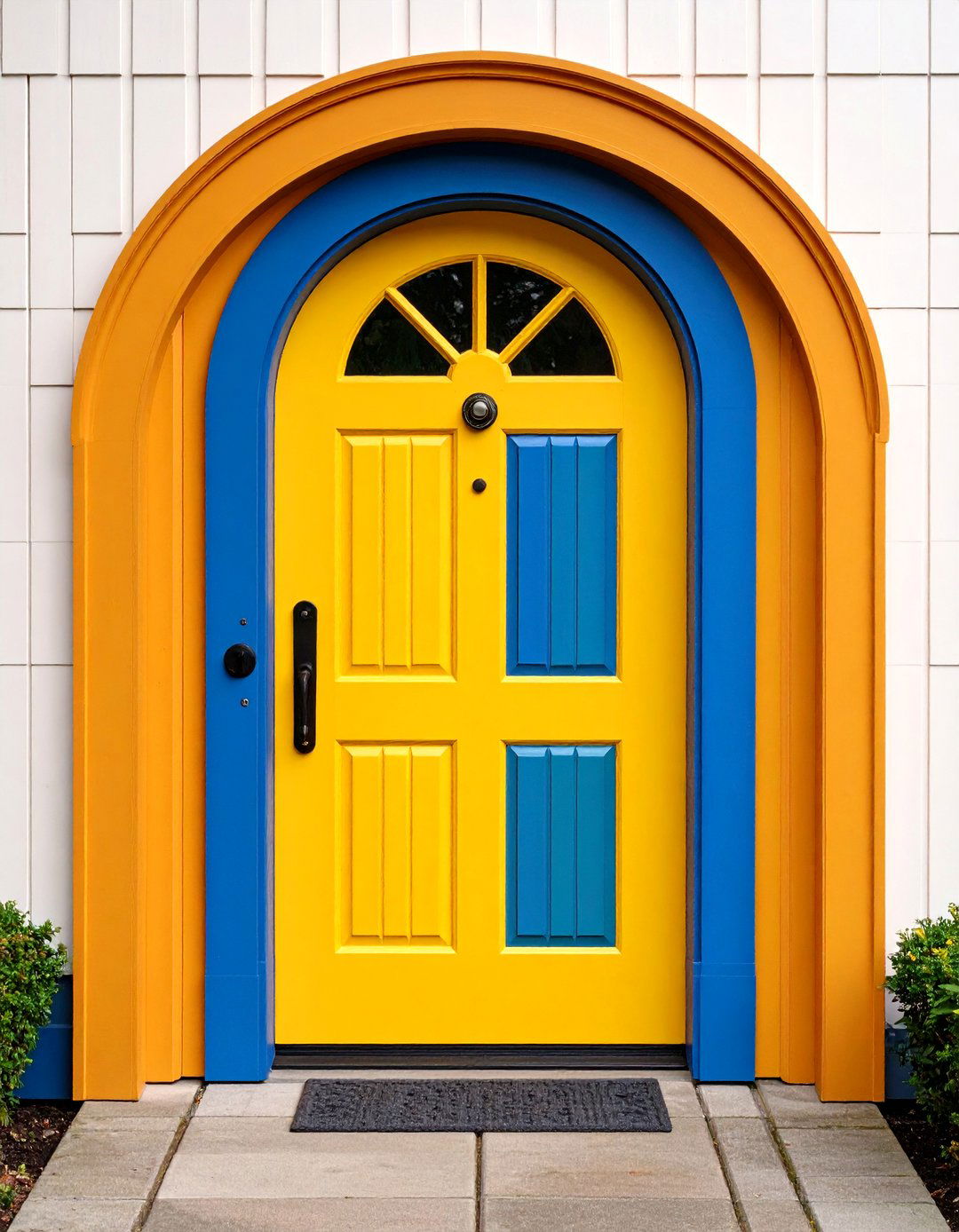
Although arches traditionally sport plain drywall returns, lining the curve with bendable beadboard delivers sculptural texture at eye level. Interior trend commentators argue that gentle arches evoke a womb-like comfort, and thin flexible corner bead allows paneling to conform neatly around the radius. Score the back of MDF sheets or use thermo-formed PVC, glue in stages, then cap edges with flexible molding. Finish in the arch color to blur transitions between rooms, or use contrasting paint so each rounded opening feels framed like artwork. Lighting cast across grooves accentuates the silhouette beautifully.
18. Beadboard Hallway Wainscoting With Hooks
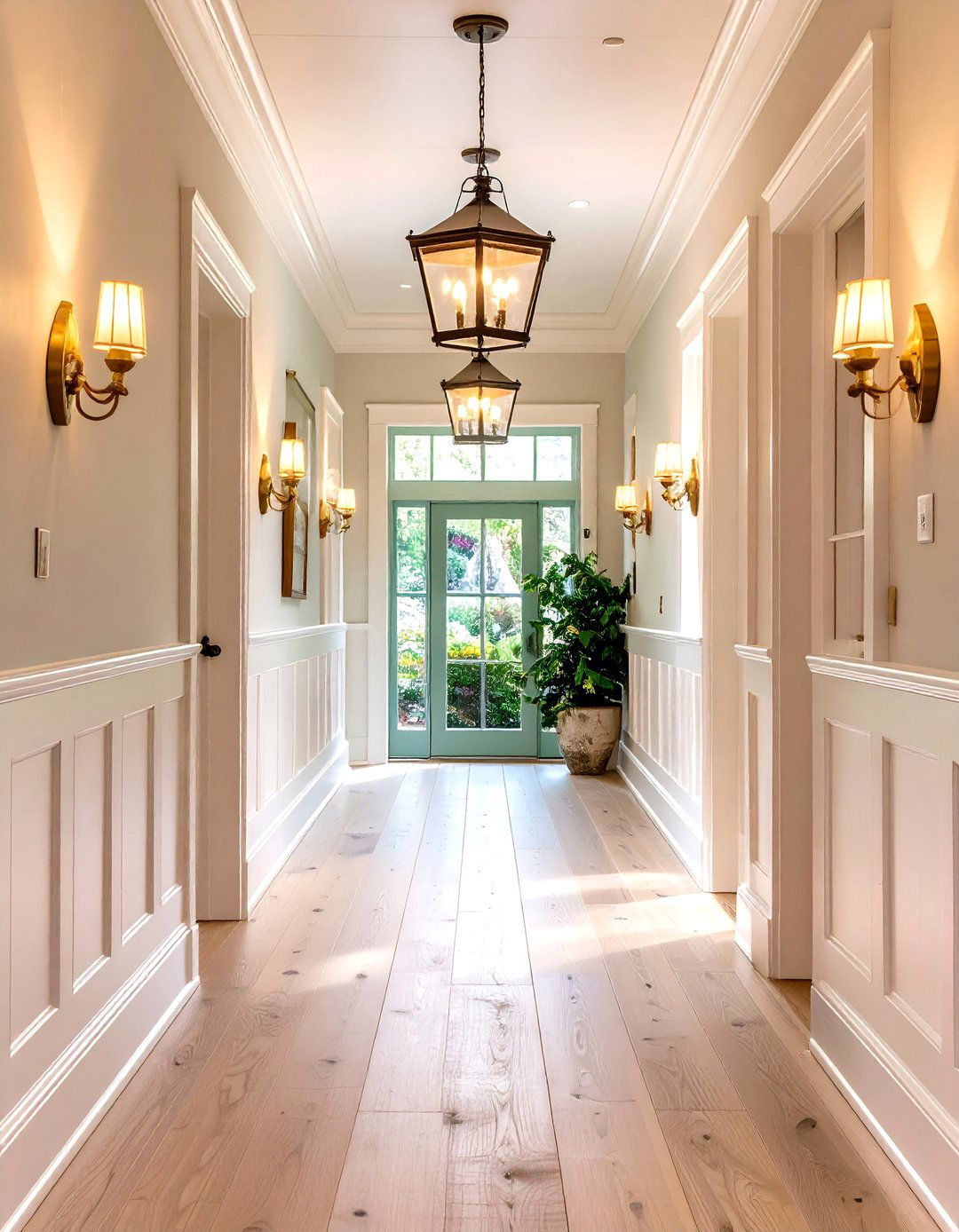
Before, narrow corridors feel like forgotten passages; after, thigh-high beadboard finished with graceful hooks transforms them into functional galleries. Inspiration galleries showing board-and-bead combinations emphasize low-cost furring strips creating structure, then topping with mixed brass hardware for coat storage. Keep the rail at sixty inches to clear hanging bags, and use semi-gloss paint for wipeability against high traffic. Groove shadows mask everyday scuffs, while hooks encourage family members to stash items neatly, reducing entryway clutter without building bulky furniture.
19. Outdoor Porch Beadboard Ceiling Continuation
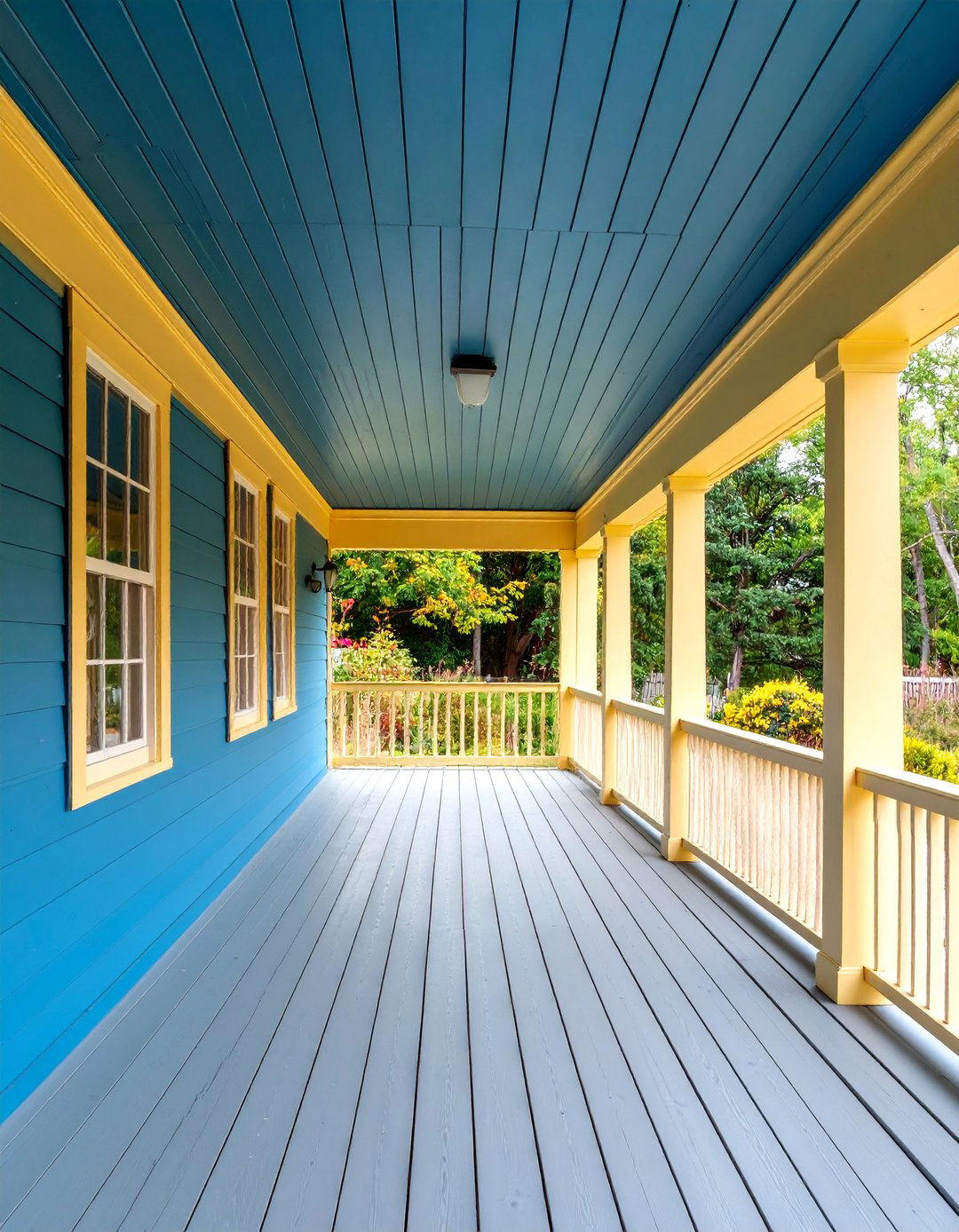
Unlike wood planks that warp under humidity, modern fiber-cement beadboard panels resist rot, insects and moisture, making them ideal for covered porches. Manufacturers highlight boards that mirror the texture of timber yet outlast the elements with minimal upkeep. Install perpendicular to joists, leaving expansion gaps per guidelines; prime cut edges and finish in exterior acrylic to seal the cement core. Extend the same boards down onto knee walls to blur indoor-outdoor boundaries. A soft eggshell white reflects daylight upward, cooling seating areas while preserving nostalgic veranda charm.
20. Removable Peel-and-Stick Beadboard Panels for Renters

Finally, tenants or commitment-shy homeowners can embrace texture using peel-and-stick vinyl beadboard wallpaper. Retail listings describe waterproof, oil-proof rolls that scrub clean yet peel off without damaging paint—a perfect weekend upgrade for dated rentals. Measure walls, cut strips with a sharp knife, and overlap seams slightly for invisible joins. Because the print mimics true ribs, the eye reads dimensional boards even though depth is paper-thin. Finish the top edge with decorative foam molding secured by removable strips to complete the illusion. When lease day arrives, pull a corner and remove it all in minutes, security deposit intact.
Conclusion:
Twenty fresh takes reveal beadboard’s remarkable range: it stretches ceilings, endures weather, accepts daring pigments and even bends around curves—all while remaining one of the easiest, most budget-friendly millwork projects to DIY. Whether your taste runs coastal, moody, minimalist or cottage, grooved panels supply texture, protection and personality that flat drywall simply can’t match. Armed with these ideas, you can let beadboard walls frame memories in every corner of your home.


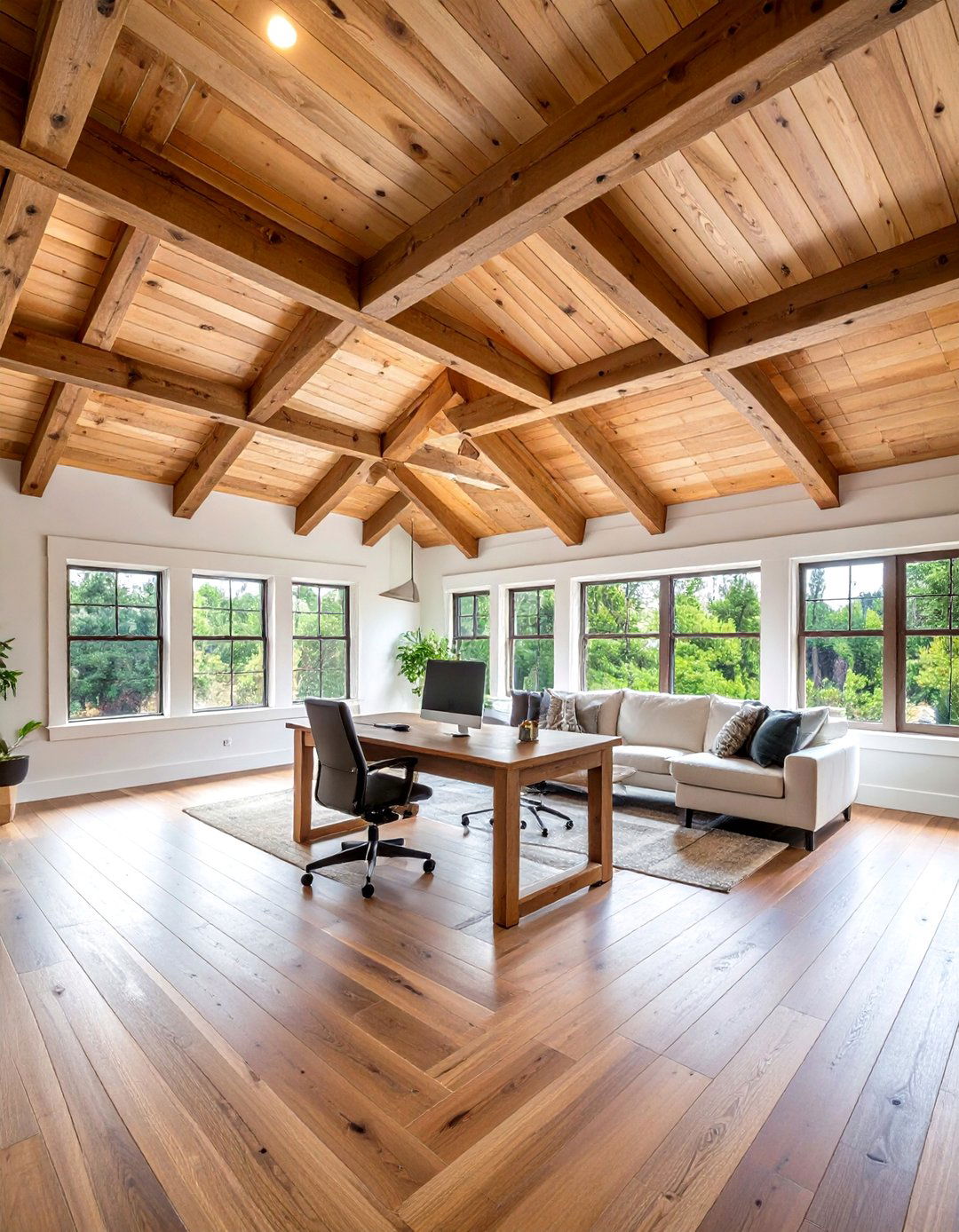
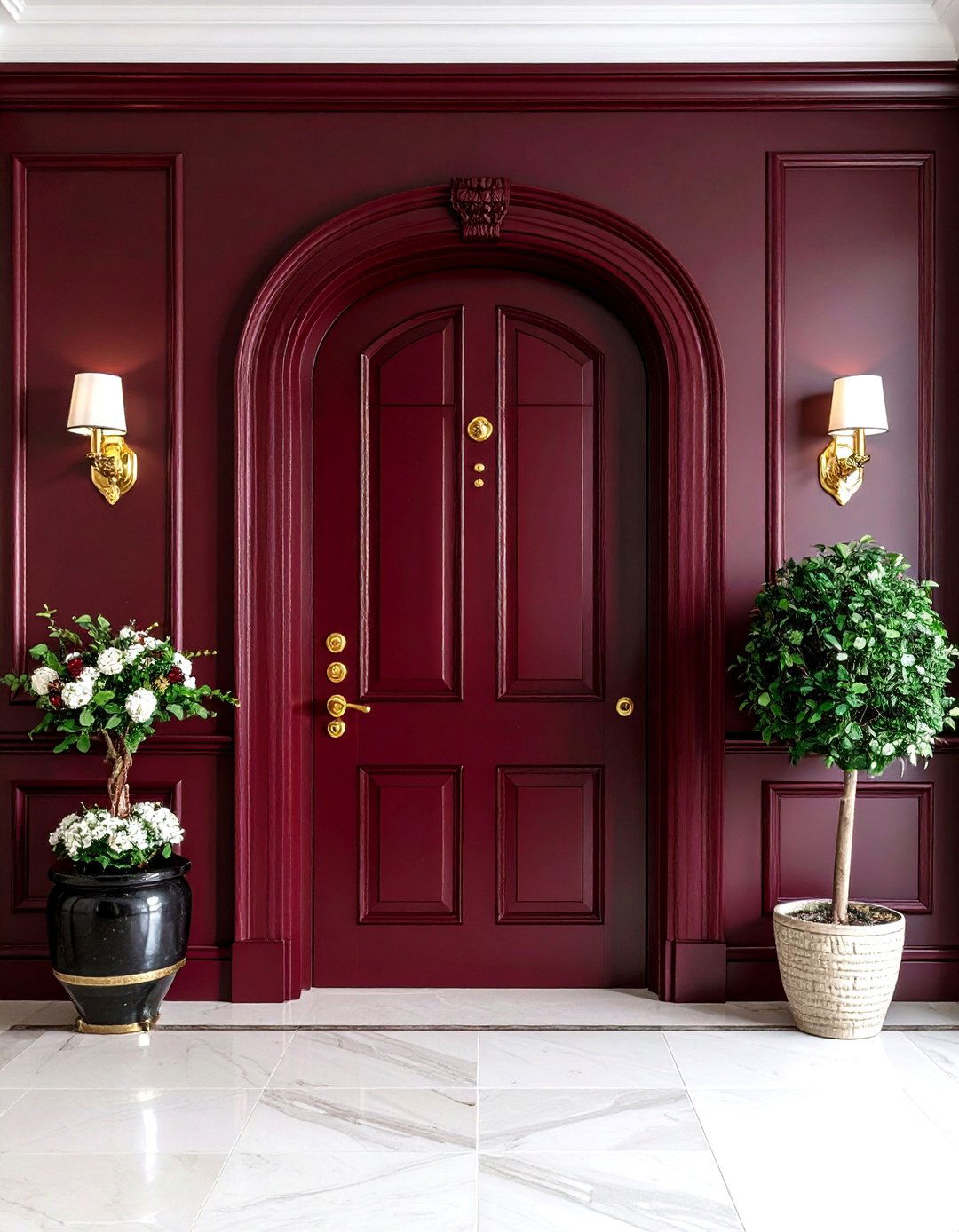
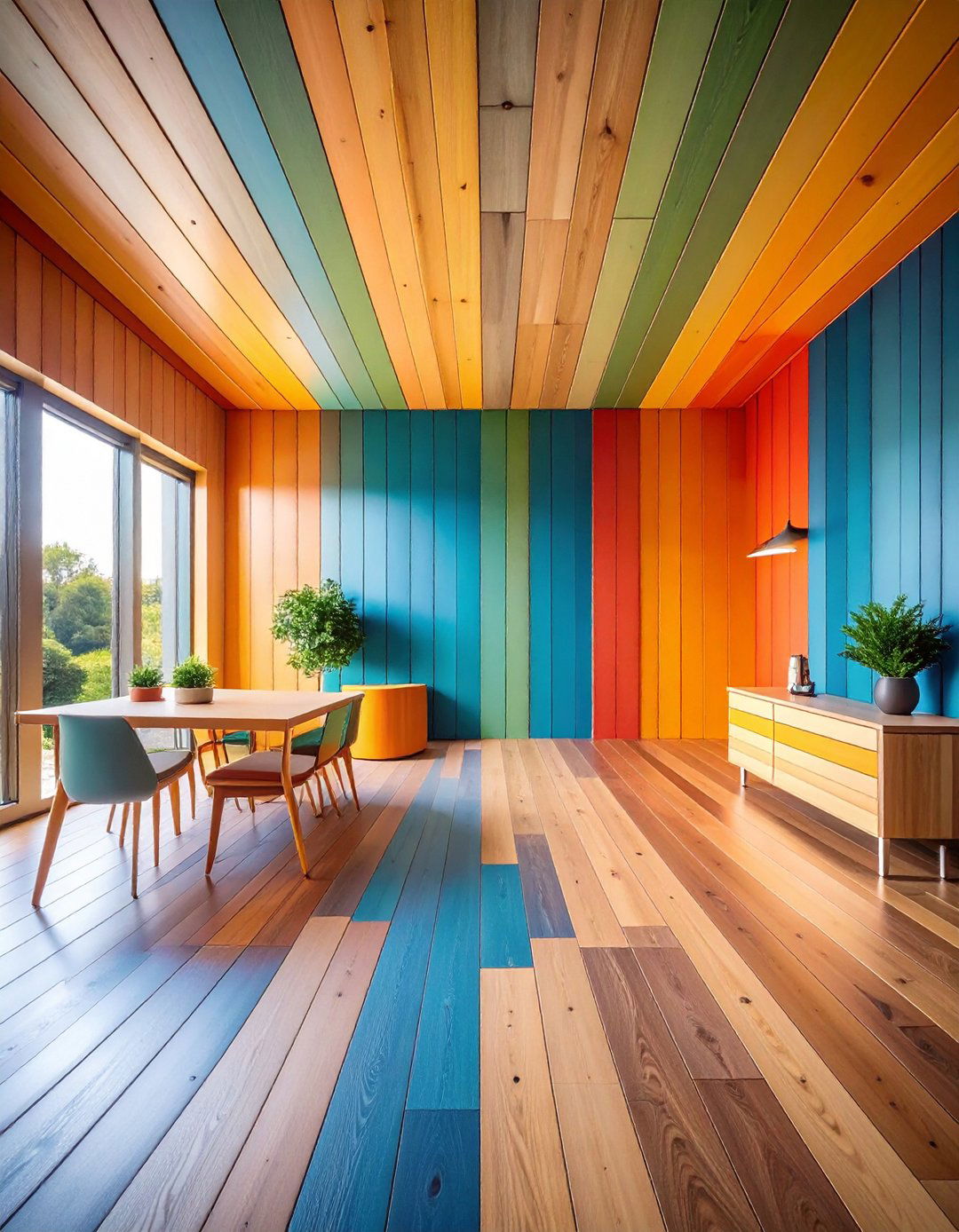

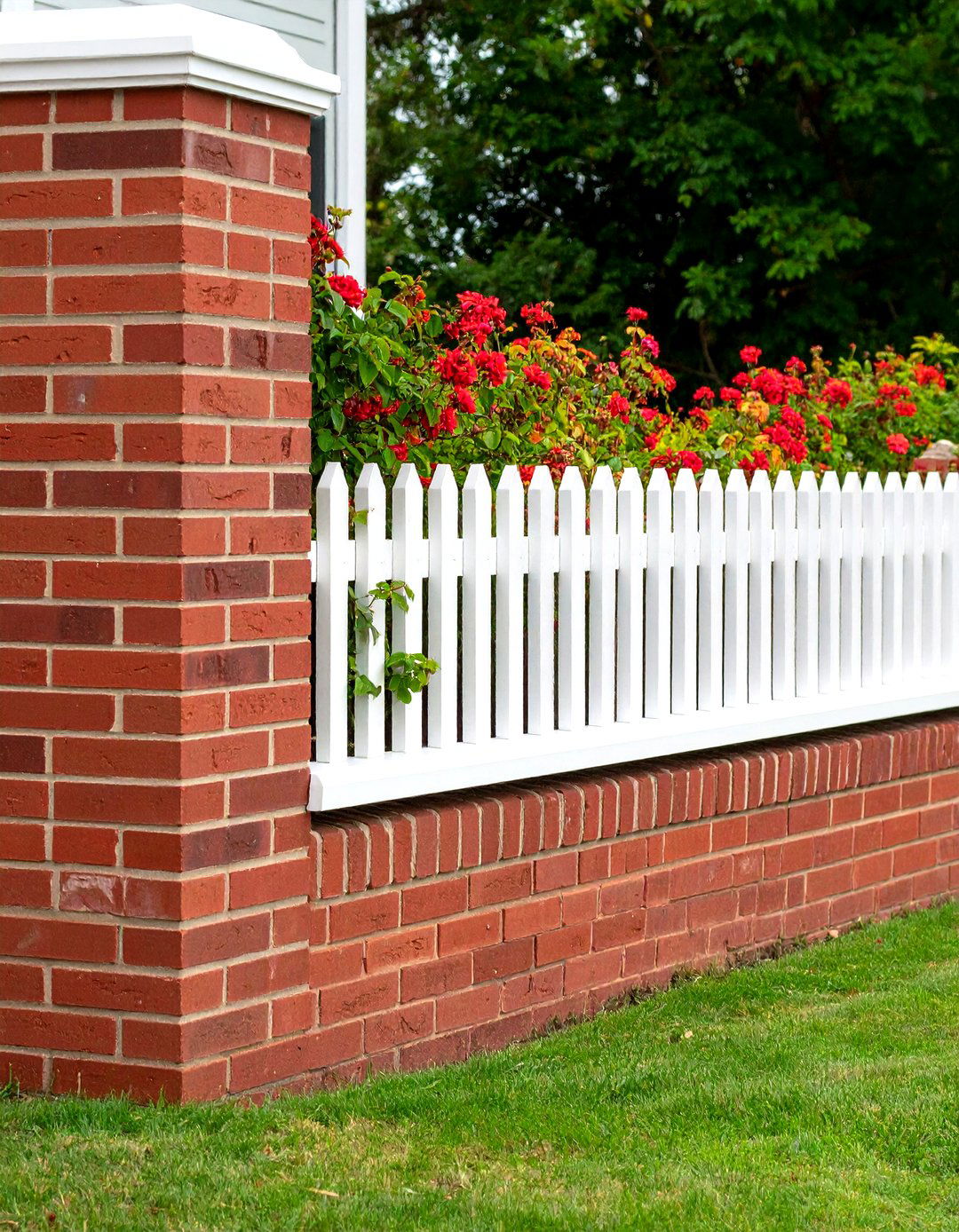
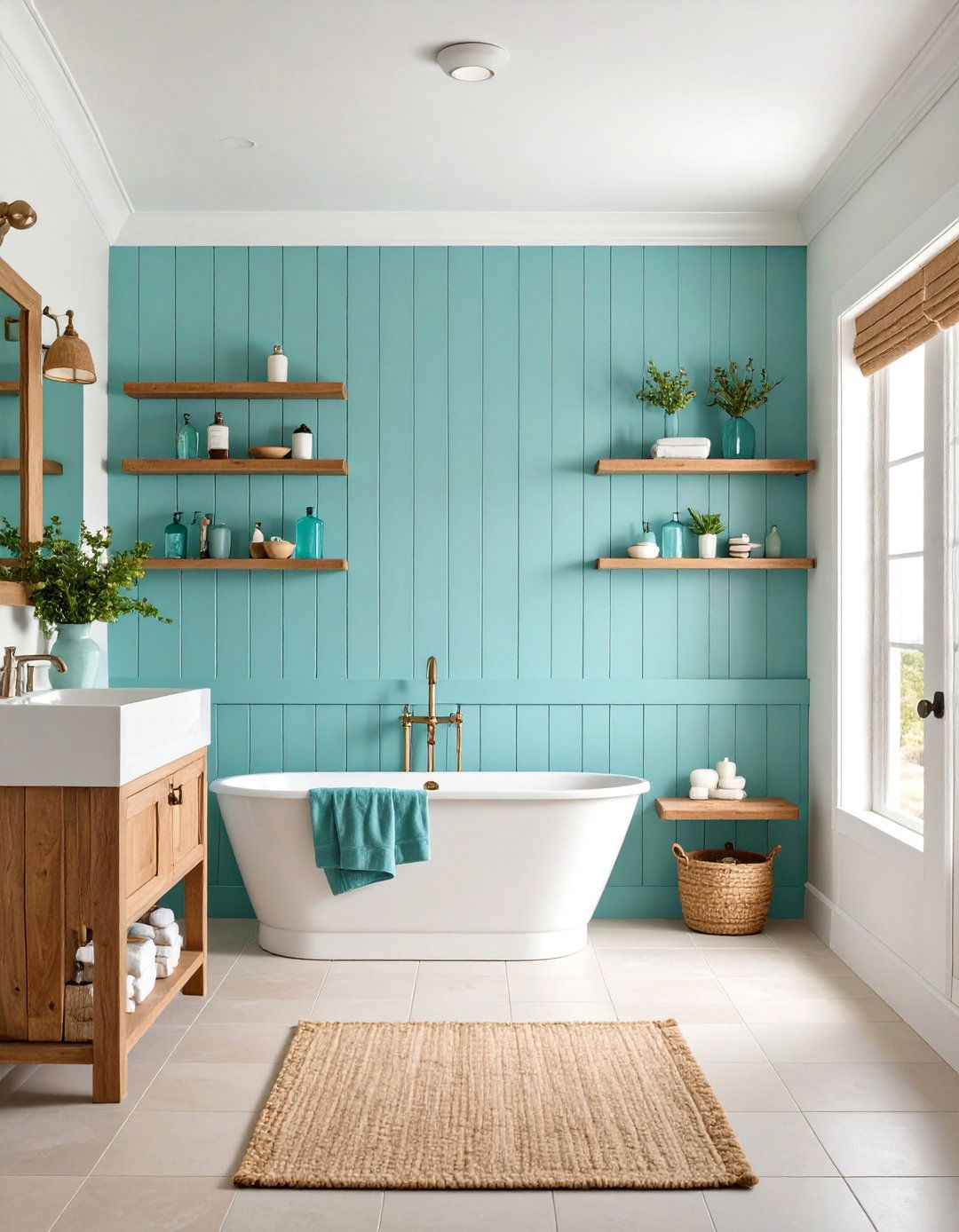
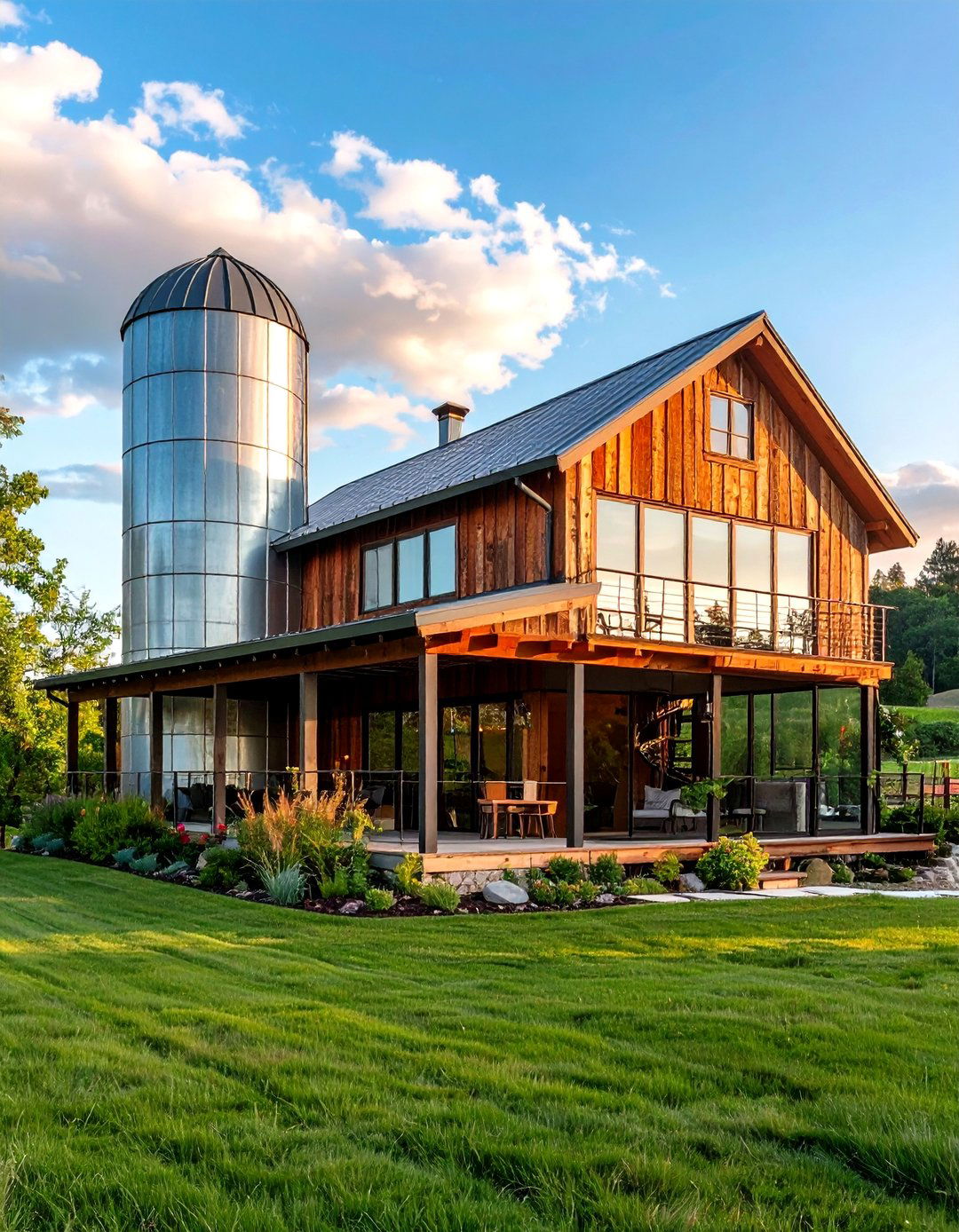
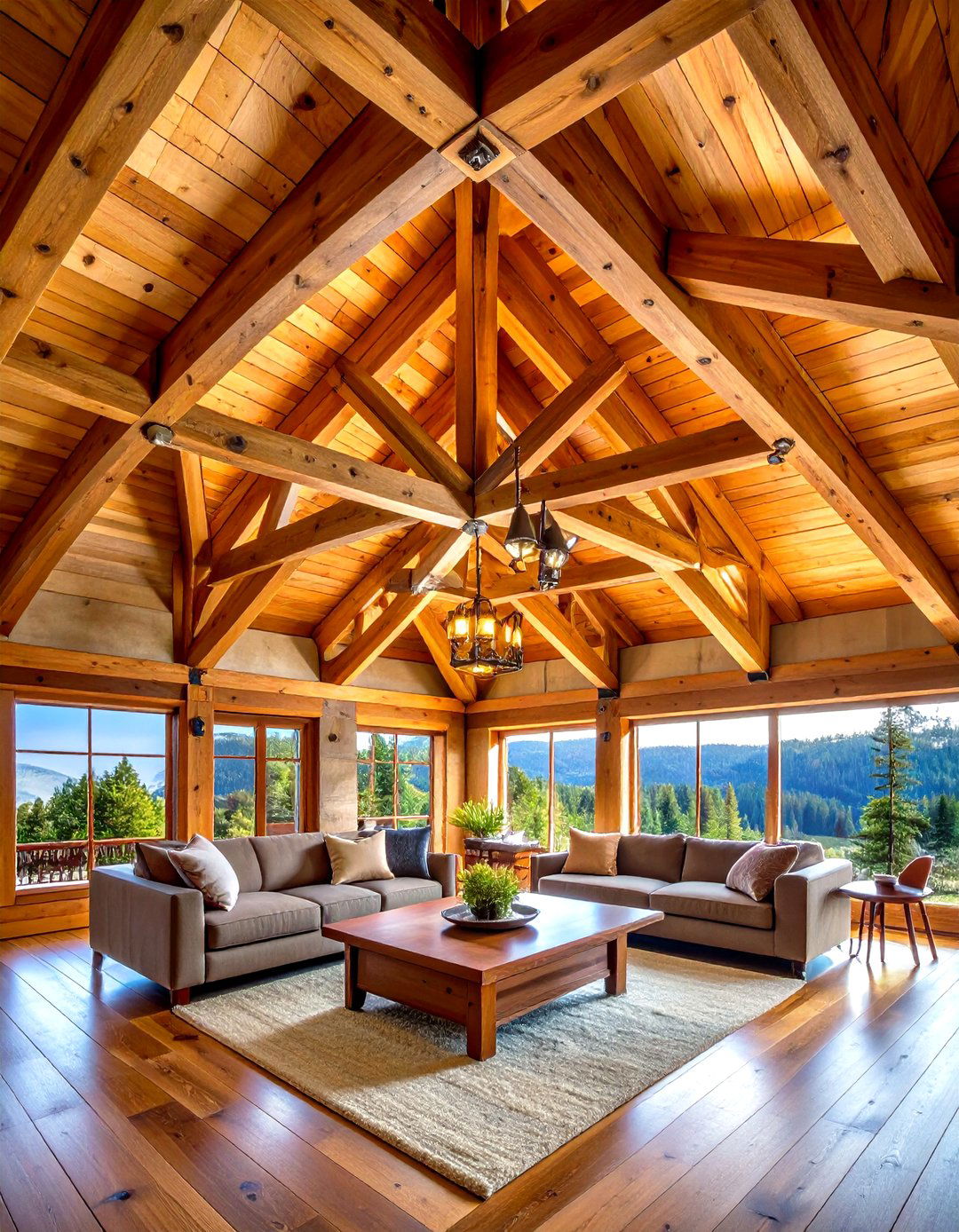
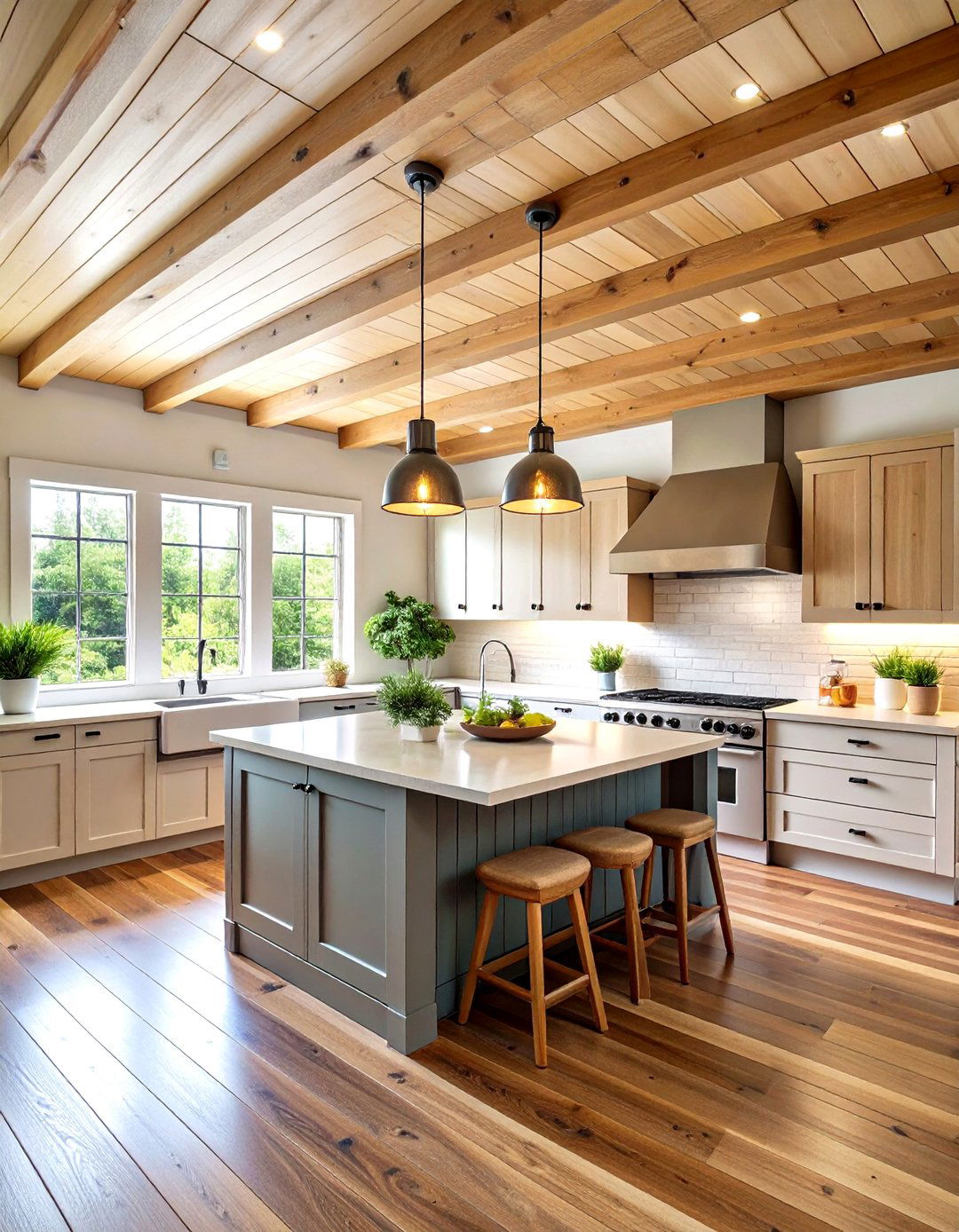

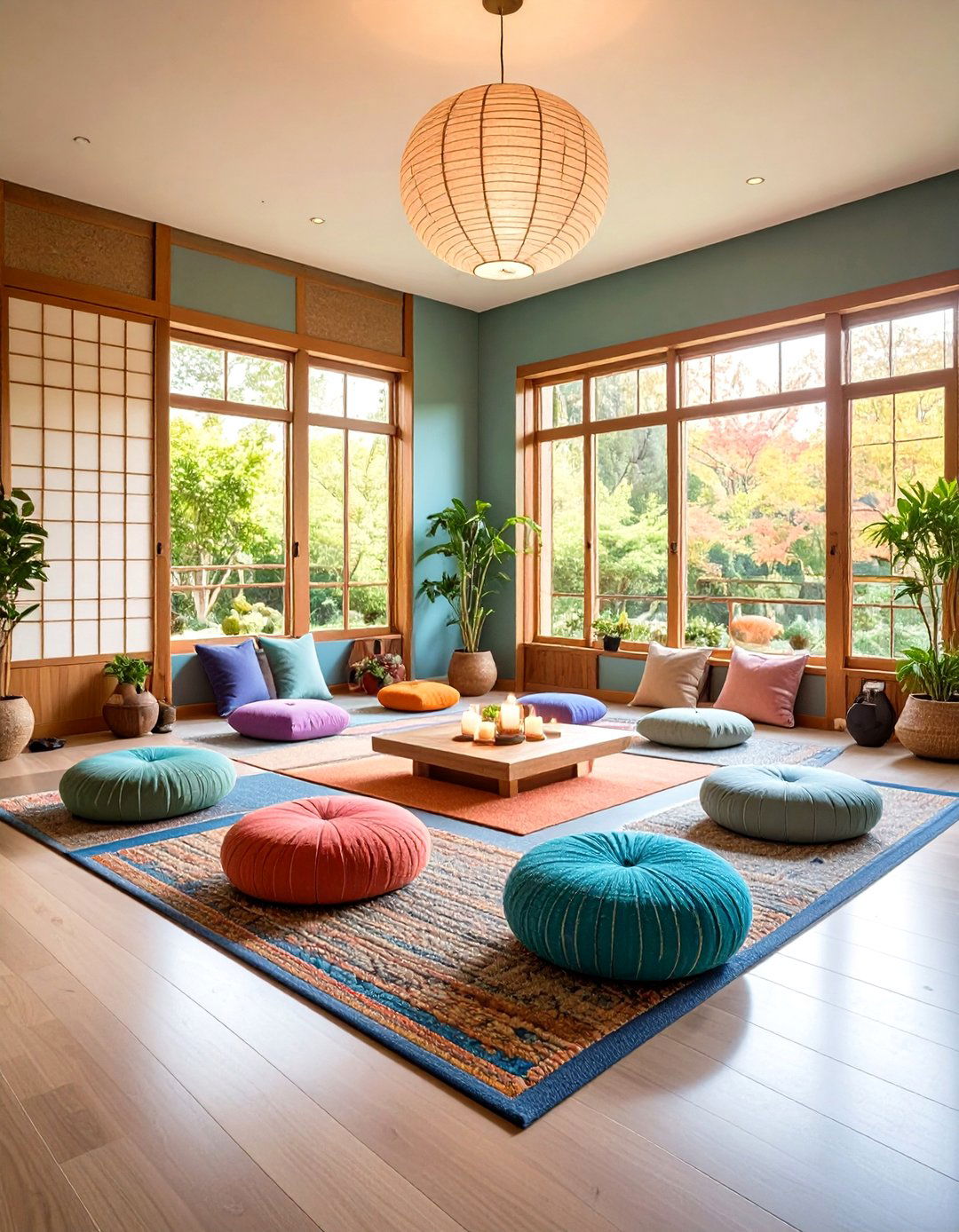
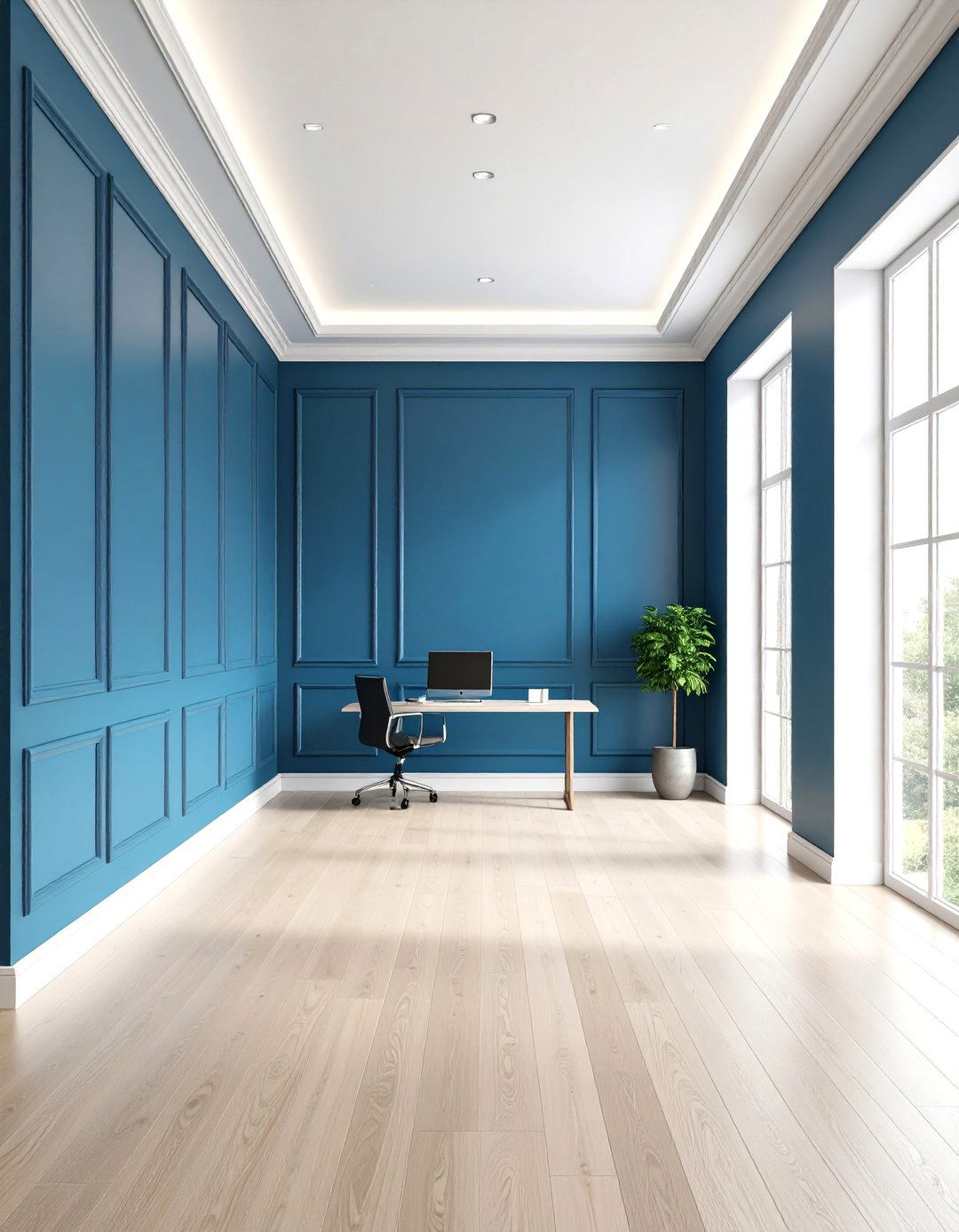

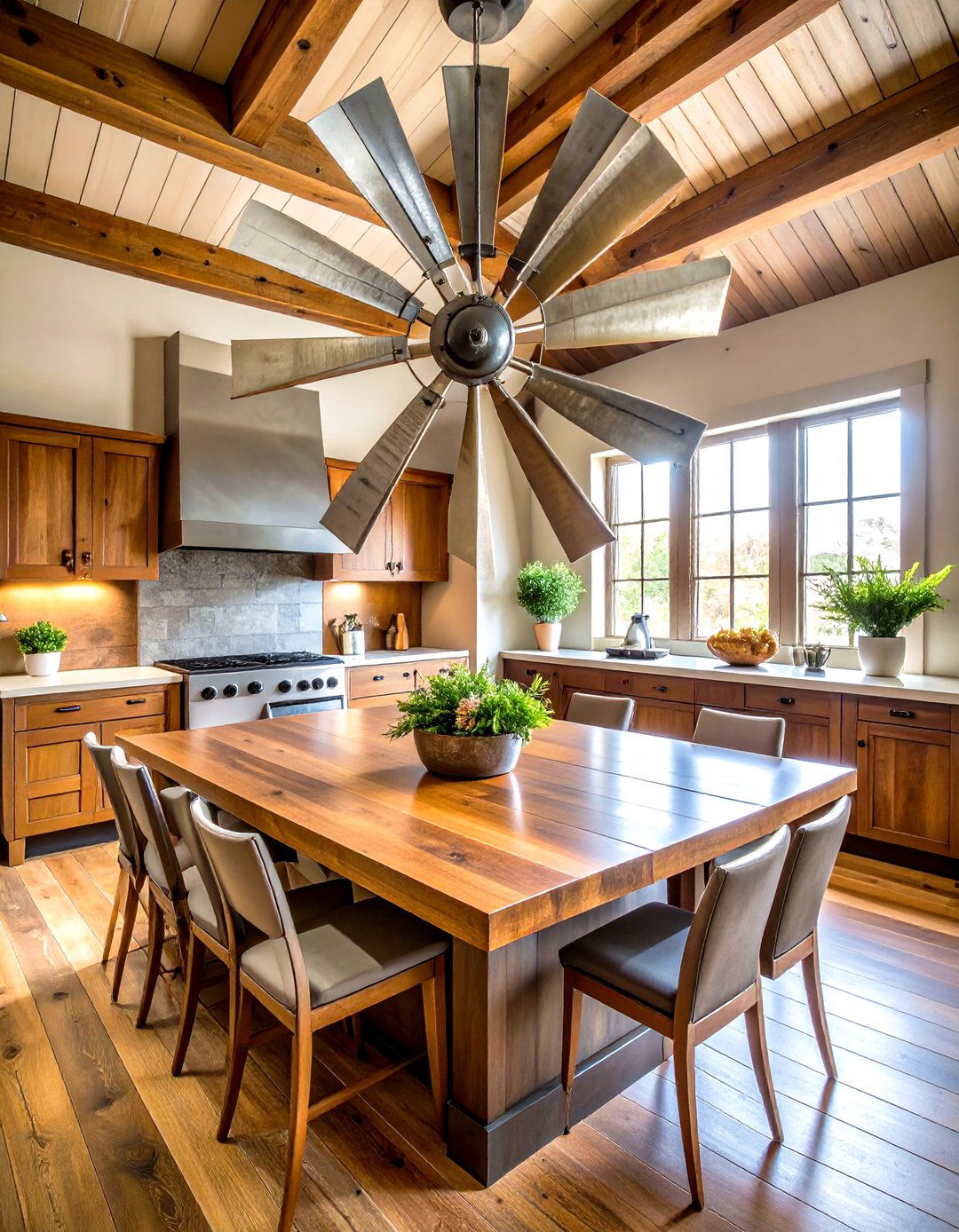
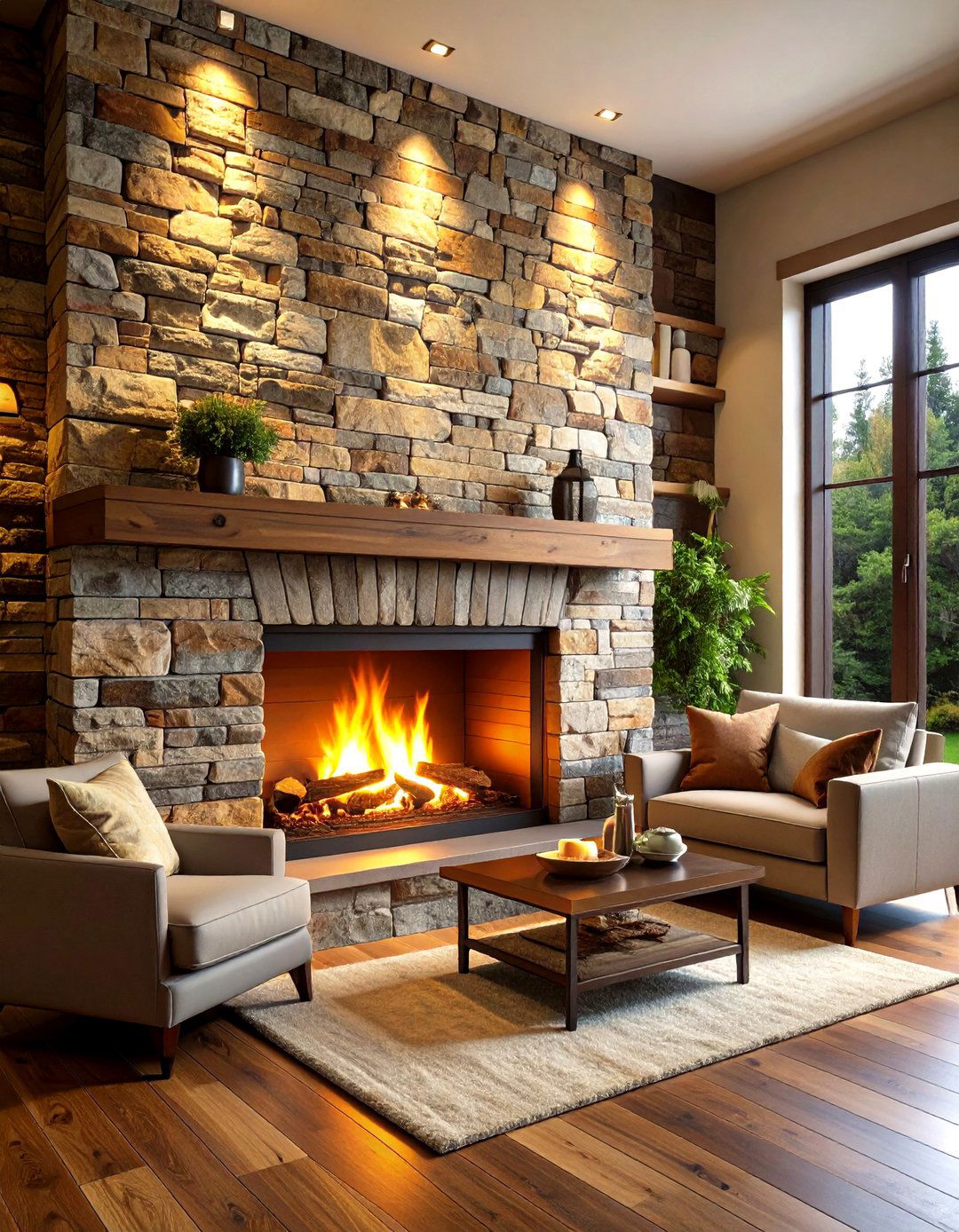
Leave a Reply